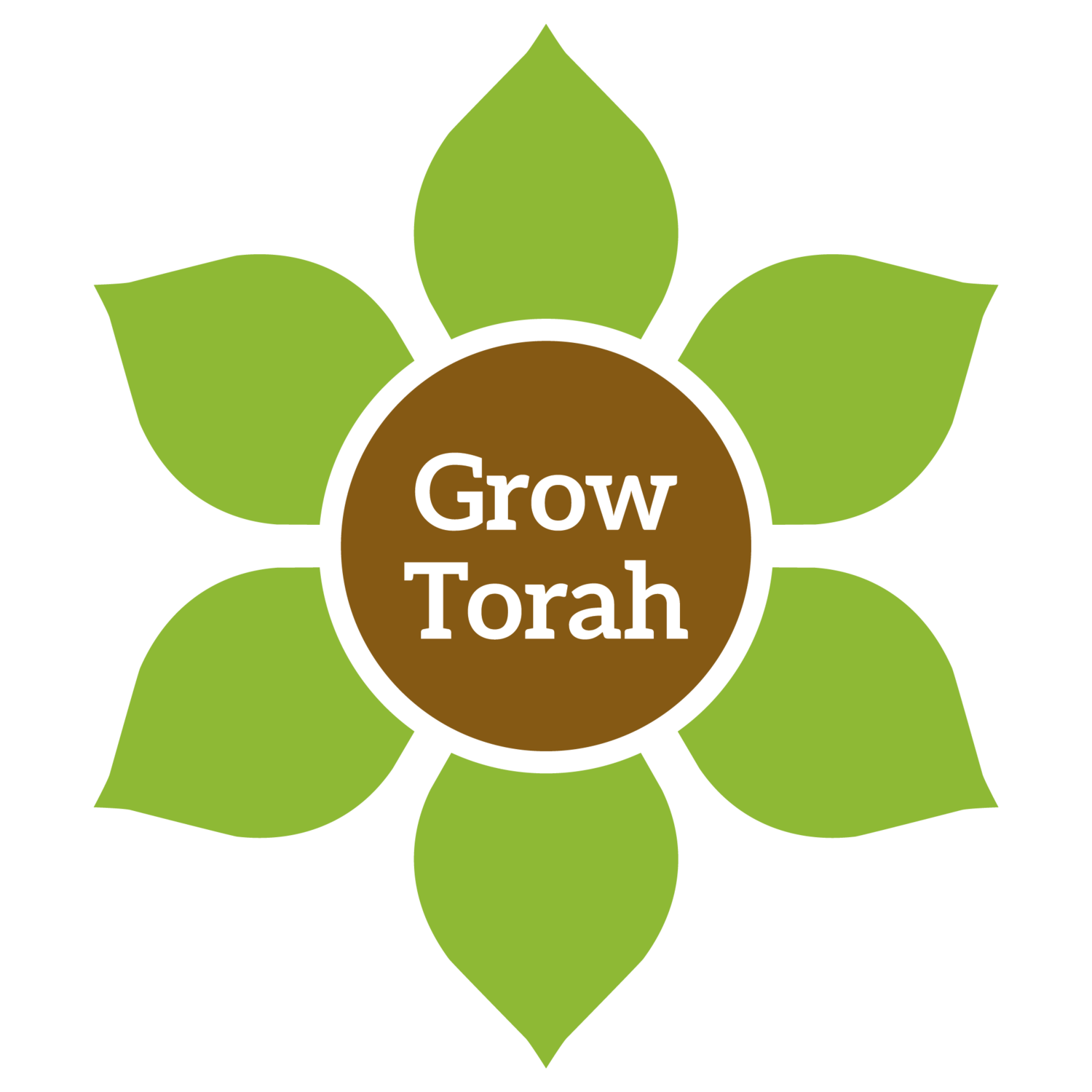Beha’alotcha: Balancing Natural Forces
Original author - Dr. Jon Greenberg, edited by the GrowTorah Summer Inchworms 2021-2022
View Accompanying Source Sheet Here
At the beginning of this week’s parsha, Hashem commands Moshe to transmit the Divine instructions for lighting the Menorah. The Menorah is often mentioned in the Torah in conjunction with the Shulchan, the table and shelves that held the lechem ha-panim, the show-bread. In the Mishkan, the Menorah and Shulchan were positioned opposite each other, with the Menorah in the south and the Shulchan in the north.[1] Their positions reflect certain agricultural realities.
At a time when our ancestors lived in intimate contact with nature, north and south carried many agricultural connotations. The north wind brings cool, moist air and rain clouds, while the south wind (sharav or chamsin) is hot, dry, and dusty. Each one is important for different parts of the harvest. The ancient agriculturally-minded Jews were well aware of the functions of each. The Talmud states:
“The north wind is helpful to wheat when it has completed one third of its ripening, and damaging to olive trees in bloom. The south wind is damaging to wheat that is one-third ripe, and a benefit to olive trees when they are in bloom… A mnemonic to remember this is that the Shulchan was placed in the north, and the Menorah in the south, this increases its own and that increases its own (the north wind increases the bread on the Shulchan and the south wind increases the oil in the Menorah).”[2]
These winds occur during the late spring period between Pesach and Shavuot, known as Sefirah. In Israel, the weather of the first weeks of Sefirah is still dominated by the northern air masses that arrive during the winter. This cool, moist northern air brings the rains of winter and early spring.[3] An ample supply of water is essential to the growth of any plant. Thus, the north wind helps the young growing wheat grains to expand. This growth enables the grains to fill with starch and protein later, as they mature. However, olive trees and other fruit trees flower during this period. Warm, dry conditions favor the pollination of olive flowers. Rain, during the first weeks after Pesach, while beneficial to wheat, would wash away the olive pollen and discourage pollinating bees from visiting the flowers. Conversely, rain during the final weeks of Sefirah, close to Shavuot, promotes the growth of olive fruit, but it also encourages the growth of fungi that can damage the wheat crop. Wet conditions also delay the wheat harvest, leading to rotting of the grain or attacks by grain-eating insects and birds.[4]
The placement of the Menorah and the Shulchan together in the Mishkan symbolically reminds us that both natural forces, the rainy north wind, and the dry south wind, are under the control of Hashem. We hope that He will bless us with a healthy balance between these forces. If we imagine that we can separate natural forces from each other or from their Divine source and that the weather is determined by chance or some other force that denies the presence of Hashem, then we are doomed to failure. However, if we understand and acknowledge our dependence on Hashem and that the natural force of wind emanates from and is controlled by Him, we can hope to merit the proper amounts of each wind, granting us a plentiful harvest.
How fitting that this lesson surfaces in another place in our Parsha. In the sixth aliyah, Bnei Yisrael complain about the food that they are receiving in the desert. Even a supernatural food that sustains an entire nation every day was not enough for them. However, a reading of Rashi reveals what may have been at the core of their complaints. Rashi comments on Bnei Yisrael’s claim that the fish they had in Mitzrayim was “free.”[5] However, nothing the nation received in Mitzrayim was free, it was the result of horrific labor. Rashi concludes that it must be they were recalling that it was free from mitzvot.
Once we view the issue in the light, we can understand that, perhaps, Bnei Yisrael were fearful that their nourishment was dependent on their adherence to the mitzvot and to their relationship with Hashem. The generation in the midbar would have benefited from the lesson of the Menorah and the Shulchan. They failed to recognize that all food comes from one G-d, whether they acknowledged it or not.
Being aware of how plants grow is essential to understanding the Mishkan, a microcosm of the world dedicated to Hashem. The Mishkan reminds us that it is not only the olive oil that brings us light, nor is it just the wheat that grows from the ground that satiates us. In truth, everything in our world stems from Hashem. He gives us light through oil and satiation through bread. By paying more attention to the natural processes all around us, we will be able to trace our basic necessities back to the Ultimate Source and recognize that all of our needs come from Hashem.
Suggested Action Items:
Take a seed from a fruit that you ate and put it in soil. Make sure to water it and be sure that it gets sunlight. Recognize all the different resources that Hashem provides the plants with such that they can grow.
Go on a Hidden Miracles walk. Orient yourself by noticing where the sun is. What direction are you facing? What direction is the wind coming from? Heighten your senses and be aware of the nature around you. https://www.growtorah.org/chanuka/#hidden
Click here to sponsor a parsha.
Notes:
[1] Shemot 26:35, 40:22-25
[2] Babylonian Talmud (200 C.E.-~500 C.E.) Bava Batra 147a
[3] Orni, Efraim and Elisha Efrat. 1971. Geography of Israel, Third Edition. Jewish Publication Society, Philadelphia. Pp. 135ff.
[4] HaReuveni, Nogah. 1980. Nature in Our Biblical Heritage. Neot Kedumim,.Kiryat Ono, Israel. Pp. 30-42, 59-60.
[5] Bamidbar 11:5
